Hatha Yoga relates to the restraint of breath (Pranayama), Asanas, Bandhas and Mudras. 'Ha' and 'tha' mean the union of the sun and the moon, union of Prana and Apana Vayus. 'Hatha' means any tenacious practice till the object or end is achieved. Trataka, standing on one leg, (a kind of Tapas) and similar poses are all Hatha Yoga practices. Hatha Yoga is inseparable from Raja Yoga. Raja Yoga begins where Hatha Yoga ends. Raja Yoga and Hatha Yoga are interdependent. Raja Yoga and Hatha Yoga are the necessary counterparts of each other. No one can become a perfect Yogi without a knowledge and practice of both the Yogas. Hatha Yoga prepares the student to take up Raja Yoga.
A Hatha Yogi starts his Sadhana with body and Prana; a Raja Yogi starts his Sadhana with his mind; a Jnana Yogi starts his Sadhana with Buddhi or intellect and will.
A Hatha Yogi gets Siddhis (psychic powers) by uniting Prana and Apana and by taking the united Prana-Apana through the six Chakras (centres of spiritual energy) to Sahasrara at the crown of the head. A Raja Yogi gets Siddhis by Samyama, i.e., combined practice of Dharana, Dhyana and Samadhi at one time. A Jnana Yogi exhibits Siddhis through pure will or Sat-Sankalpa. A Bhakta gets Siddhis through self-surrender and the consequent descent of grace. Kriyas, viz., Neti, Dhauti, Nauli, Basti, Tratak and Kapalabhati belong to Hatha Yoga. All need not practise these Kriyas. Those who have got much phlegm in the body should practise these Kriyas. Learn these under an expert Hatha Yogi. Hatha Yoga is not the goal. It is only a means to an end. Take to Raja Yoga after possessing good health.
Do Asana, Kumbhaka, Mudra and shake the Kundalini. Then take it to Sahasrara through Chakras in the Sushumna. O children of light! Will you drink not, will you drink not, the nectar of immortality?
Brother! Attain good health. Without health how can you live? Without health, how can you earn? Without health how can you get success in Yoga or any undertaking? Possess wonderful health through the practice of Hatha Yoga. Drink the nectar in Sahasrara and live in the immortal abode of Siva.
Yoga Asanas
Health is wealth. Health is indeed a covetable possession. Good health is a valuable asset to one and all. It can be achieved by the regular practice of Yoga Asanas.
The practice of Asanas controls the emotions, produces mental peace, distributes Prana evenly throughout the body and different systems, helps in maintaining healthy functioning of the internal organs, gives internal massage to the various abdominal organs. Physical exercises draw the Prana (energy) out but the Asanas send the Prana in. The practice of Asanas cures many diseases and awakens Kundalini Sakti. These are the chief advantages in the Yogic system of exercises which no other systems have.
Practise a few Asanas daily at least for a period of fifteen minutes. You will possess wonderful health. Be regular in your practice. Regularity is of paramount importance. Practise Bhujang, Salabh, Dhanur, Sarvang, Hala and Paschimottasan Asanas. Bhujang, Salabh and Dhanur will remove constipation and muscular pain of the back. Sirsh, Sarvang and Hala will help you in maintaining Brahmacharya, rendering the spine elastic and curing all diseases. Paschimottasan will reduce fat in the belly and help digestion. Relax all muscles in Savasana in the end.
Asanas should be done on empty stomach in the morning or at least three hours after food. Morning time is best for doing Asanas. Do not wear spectacles when you do Asanas. Wear a singlet if necessary and a Langotee. Be moderate in your diet. Practice of Brahmacharya is very important for success in Yoga Asanas. Start with minimum time for each Asana and then gradually increase the period. Answer the calls of nature before you start the practice. Boys and girls over ten years of age as well as women can practise Asanas.
The world needs good, healthy, strong boys and girls. What do we find in these days in India? India, the land of Rishis and sages, the land which produced Bhishma, Bhima, Arjuna, Drona, Asvatthama, Kripa, Parasurama and countless other chivalrous warriors, the soil which contained numberless Rajput chiefs of undaunted courage and matchless strength, now abounds in weak and timid persons. Children beget children. The laws of health are ignored and neglected. The nation is suffering and dying. The world requires numberless brave, moral, Adhyatmic soldiers who are equipped with the five virtues, viz., Ahimsa, Satyam, Asteya, Brahmacharya and Aparigraha.
Pranayama
Pranayama is an exact science. It is the fourth Anga or limb of Ashtanga Yoga. It is the regulation of breath or control of Prana.
Pranayama steadies the mind, augments the gastric fire, energises digestion, invigorates the nerves, destroys the Rajas, destroys all diseases, removes all laziness, makes the body light and healthy and awakens Kundalini.
Pranayama should be practised when the stomach is empty. Be regular in your practice. Do not take bath immediately after the practice. Do not practise Kumbhaka or retention of breath in the beginning. Have only slow and mild Puraka (inhalation) and Rechaka (exhalation). Do not strain the breath beyond your capacity. Keep the ratio for Puraka, Kumbhaka and Rechaka as 1:4:2. Exhale very very slowly.
Sit on Padma, Siddha or Sukha Asana. Keep the head, neck and trunk in a straight line. Inhale slowly through the left nostril and retain the breath according to the ratio, then exhale slowly through the right nostril. This is half process of Pranayama. Then inhale through the right nostril, retain and exhale through the left nostril. Do not retain the breath for more than one or two minutes.
Do ten or twenty Pranayamas according to your capacity. Do not fatigue yourself. Increase the number gradually. You can go up to 16:64:32. This is Sukhapurvaka or easy comfortable Pranayama.
Practise Sitali in summer. This will purify your blood and cool the system too. Practise Bhastrika in winter. This will cure asthma and consumption. Repeat 'Om' or 'Rama' mentally during the practice. Observe Brahmacharya and diet-control. You will derive maximum benefits and will quickly purify the Nadis or nerves.
Prana and mind are intimately related to each other. If you control Prana, the mind will also be controlled. If you control the mind, the Prana will be automatically controlled. Prana is related to mind, and through it to will and through will to the individual soul and through individual soul to the Supreme Soul.
Start the practice this very second in right earnest. Control the breath and calm the mind. Steady the breath and enter Samadhi. Restrain the breath and lengthen the life. Subdue the breath and become a Yogi, a dynamo of power, peace, bliss and happiness.
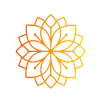
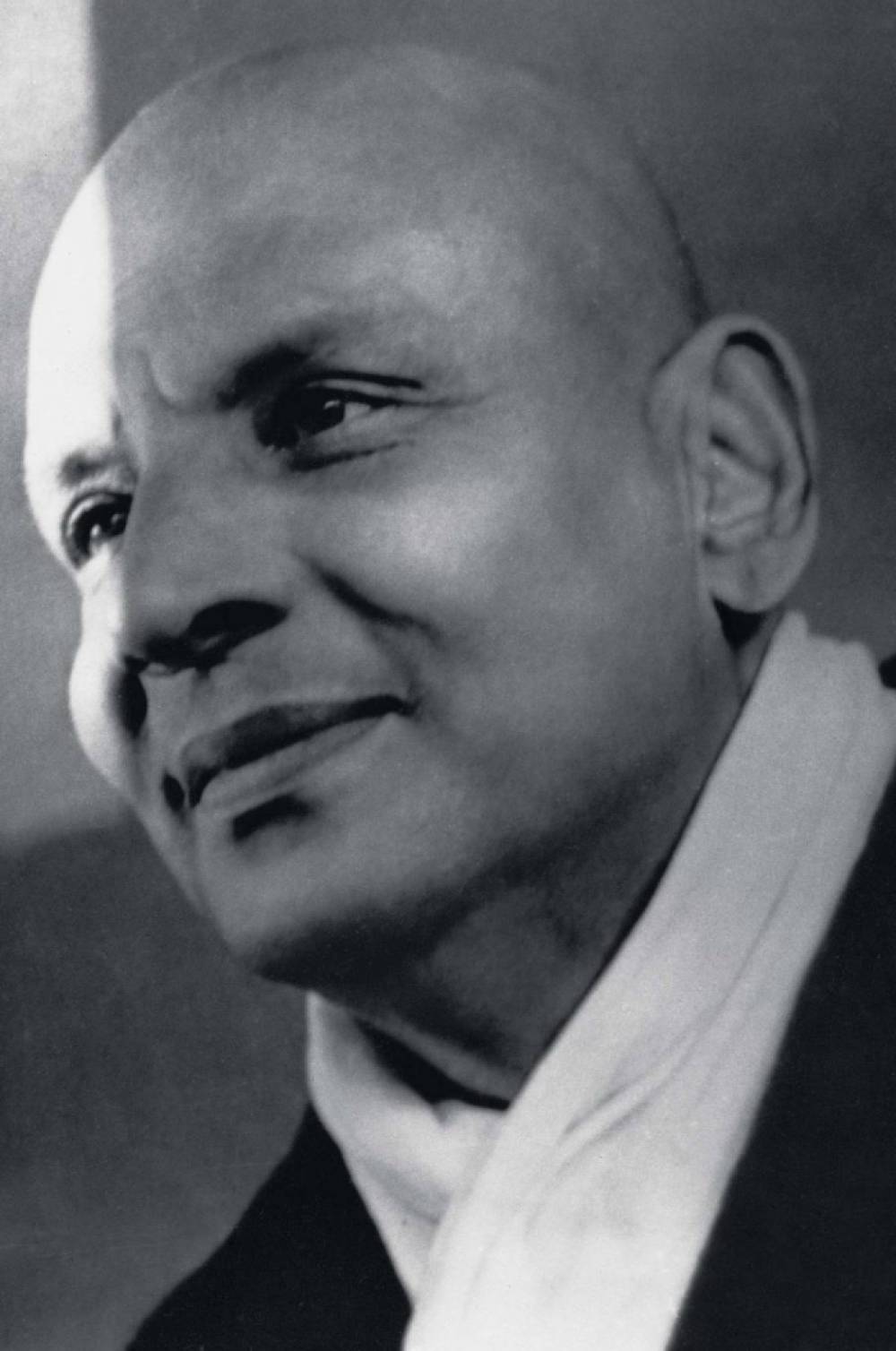
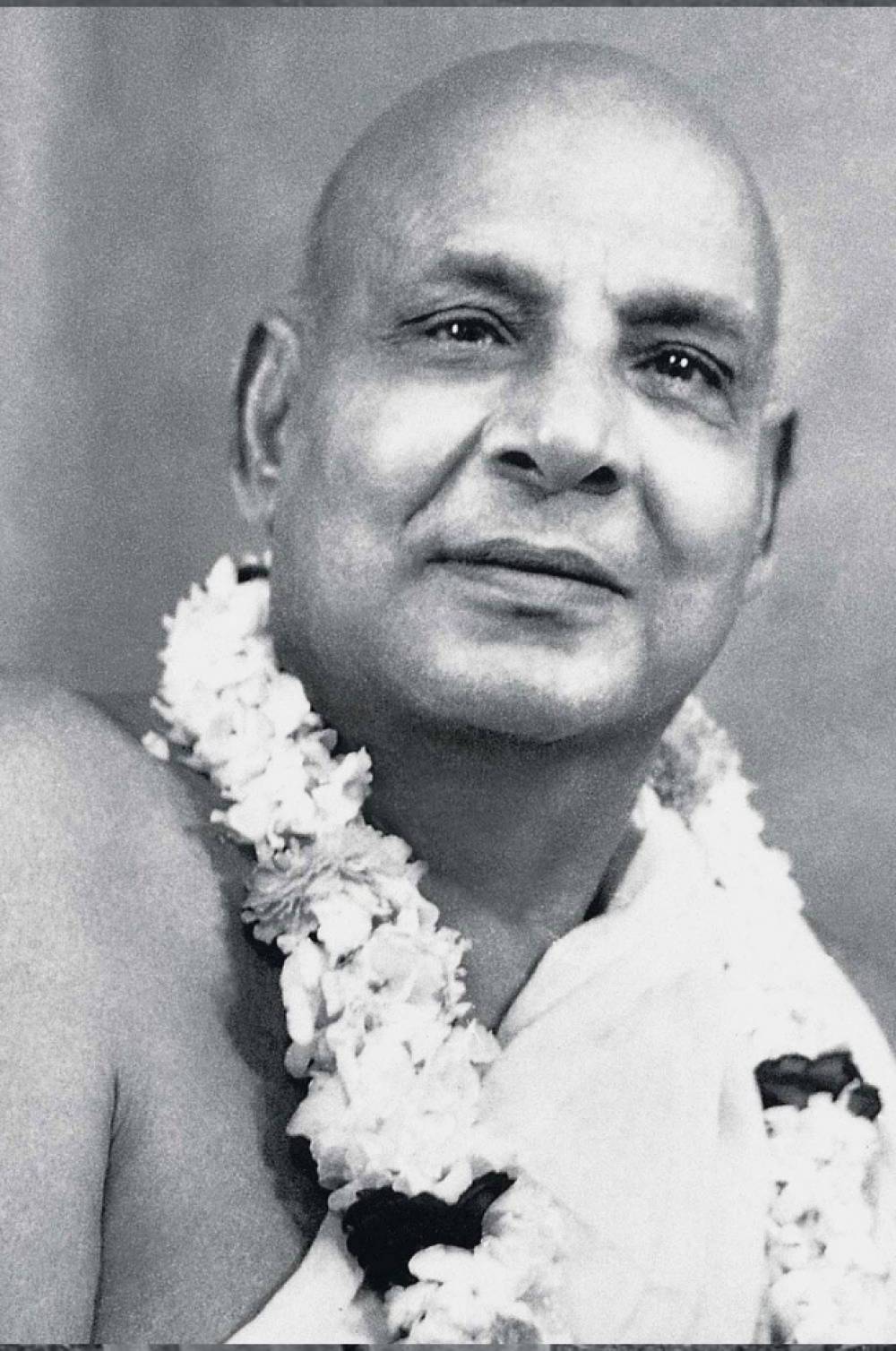


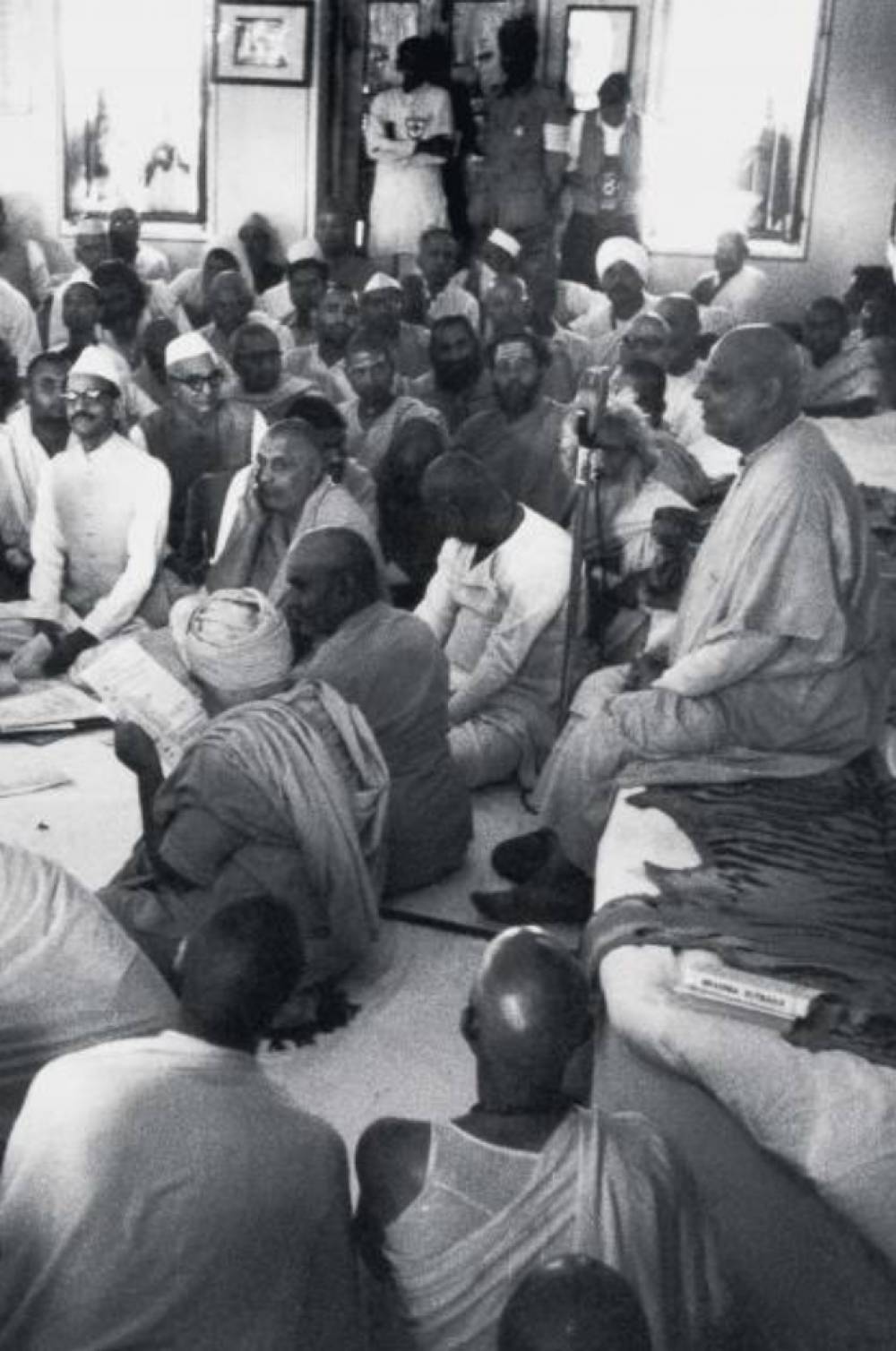
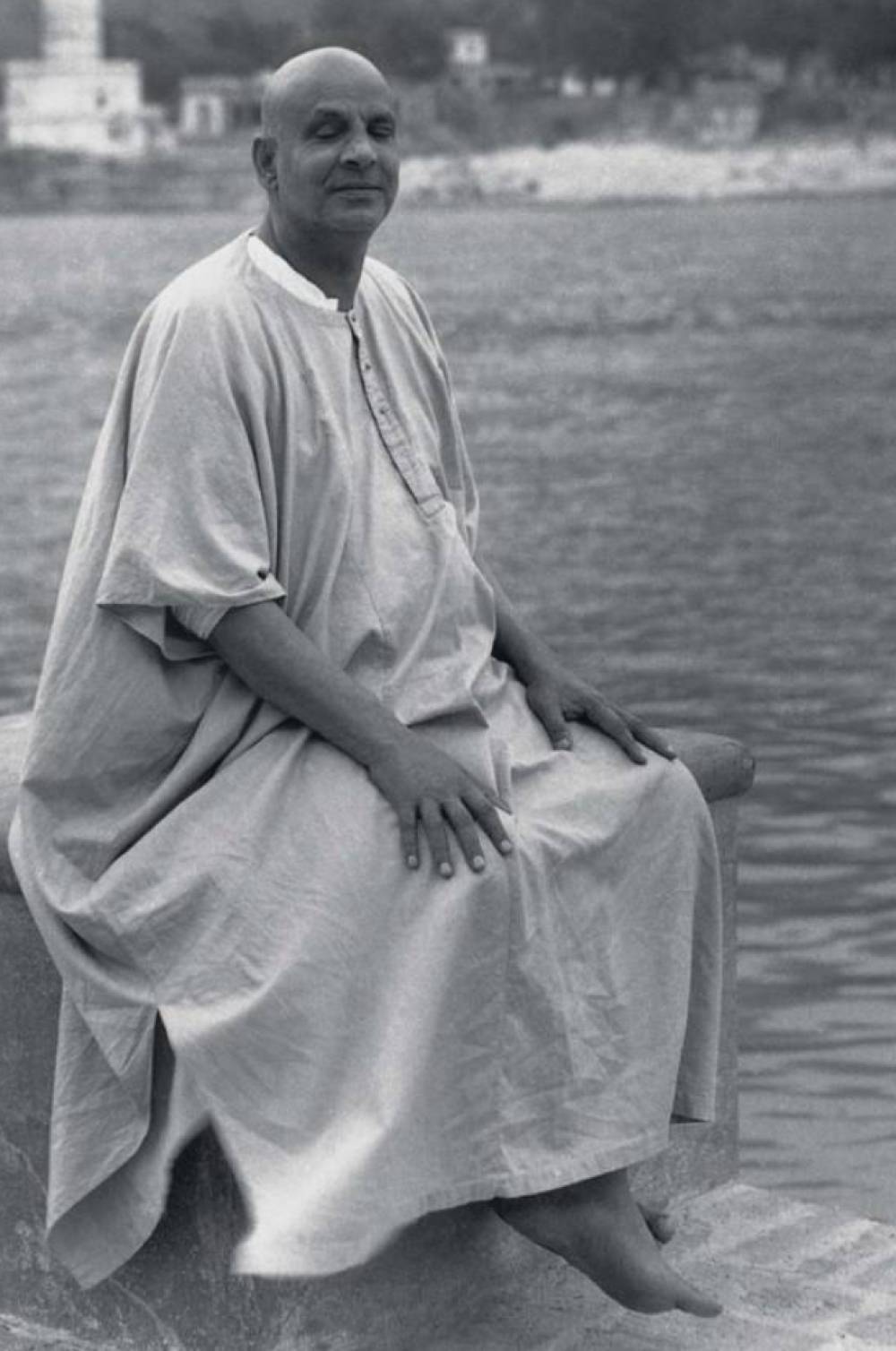
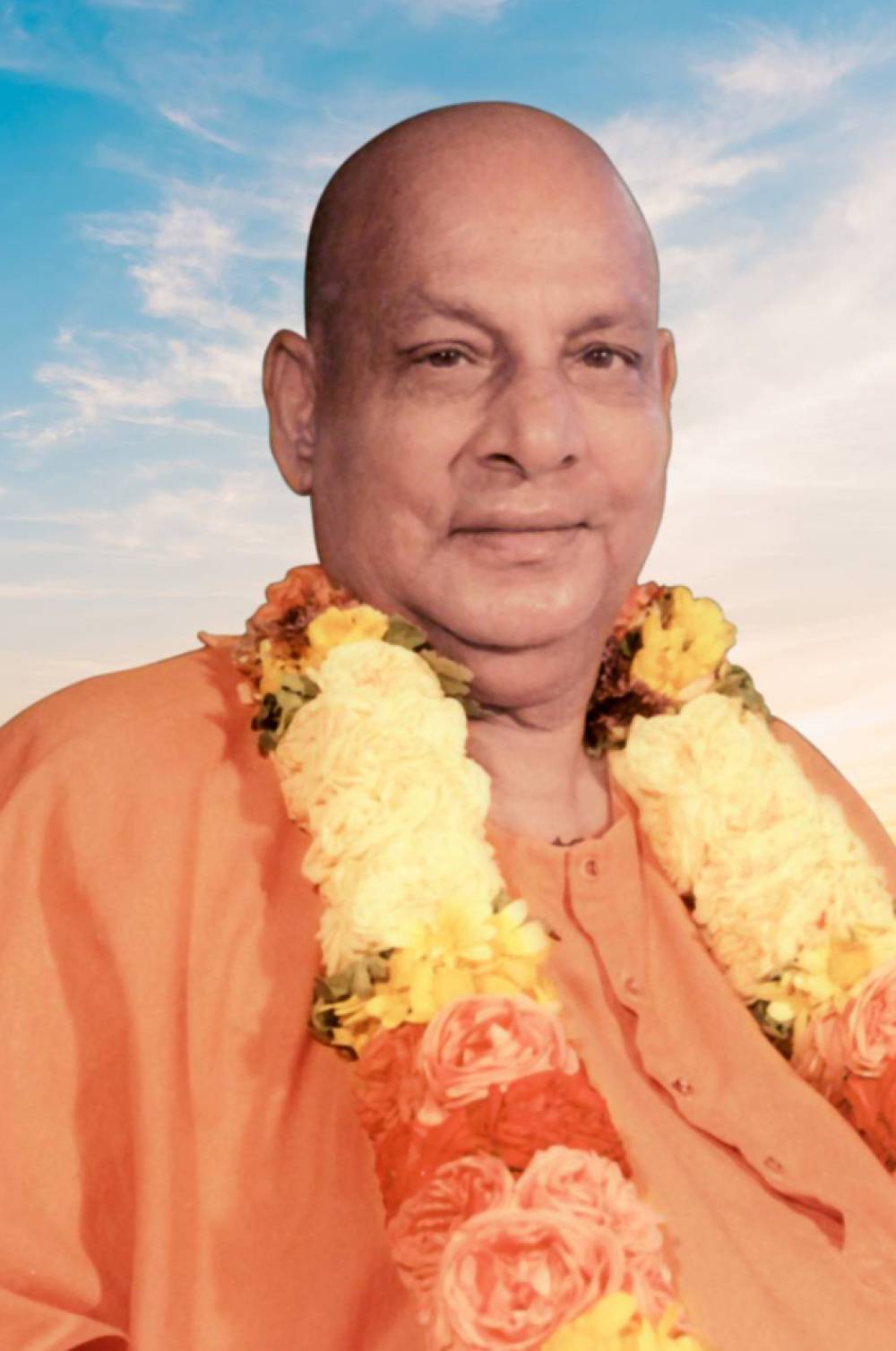
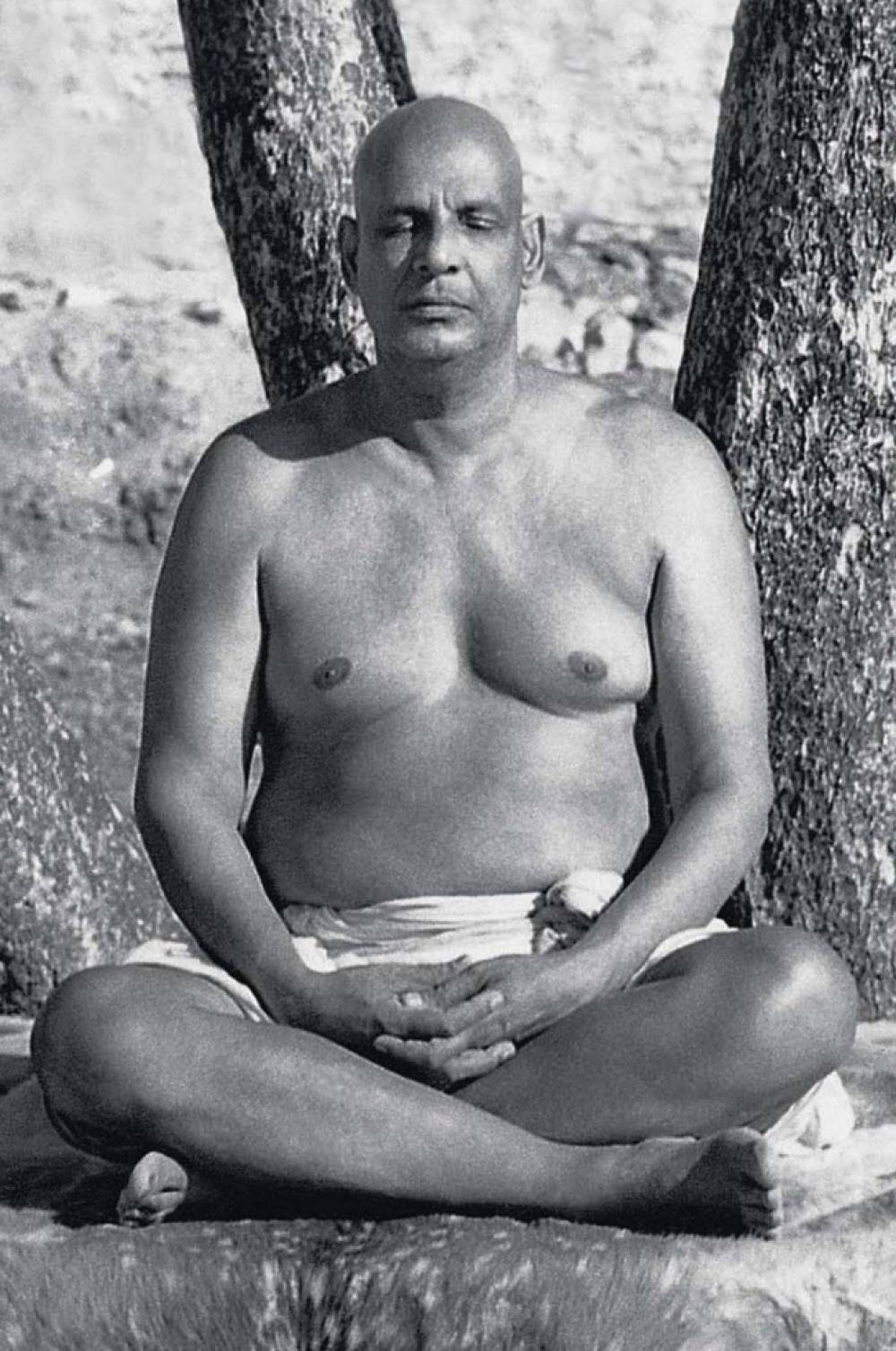
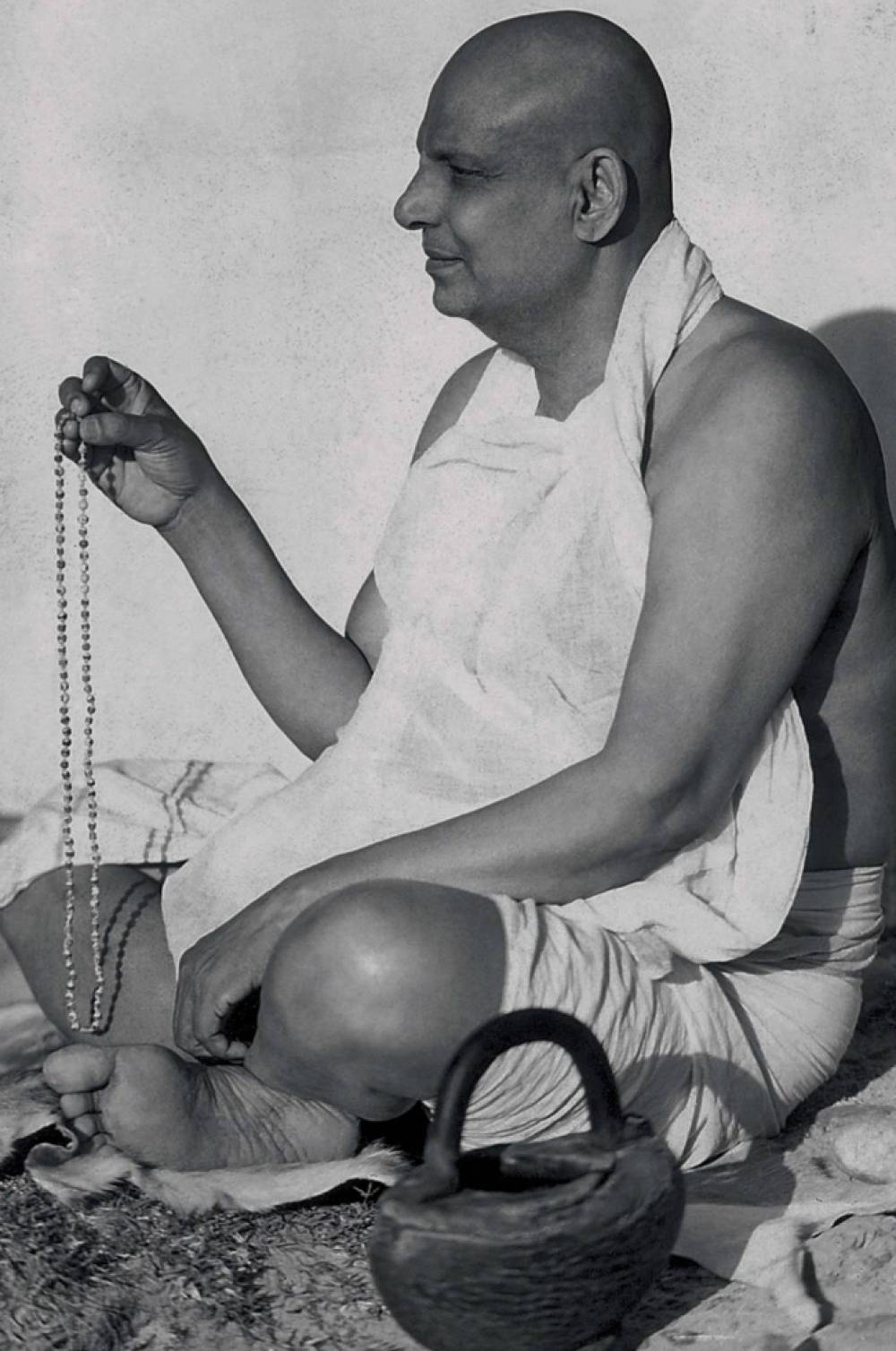
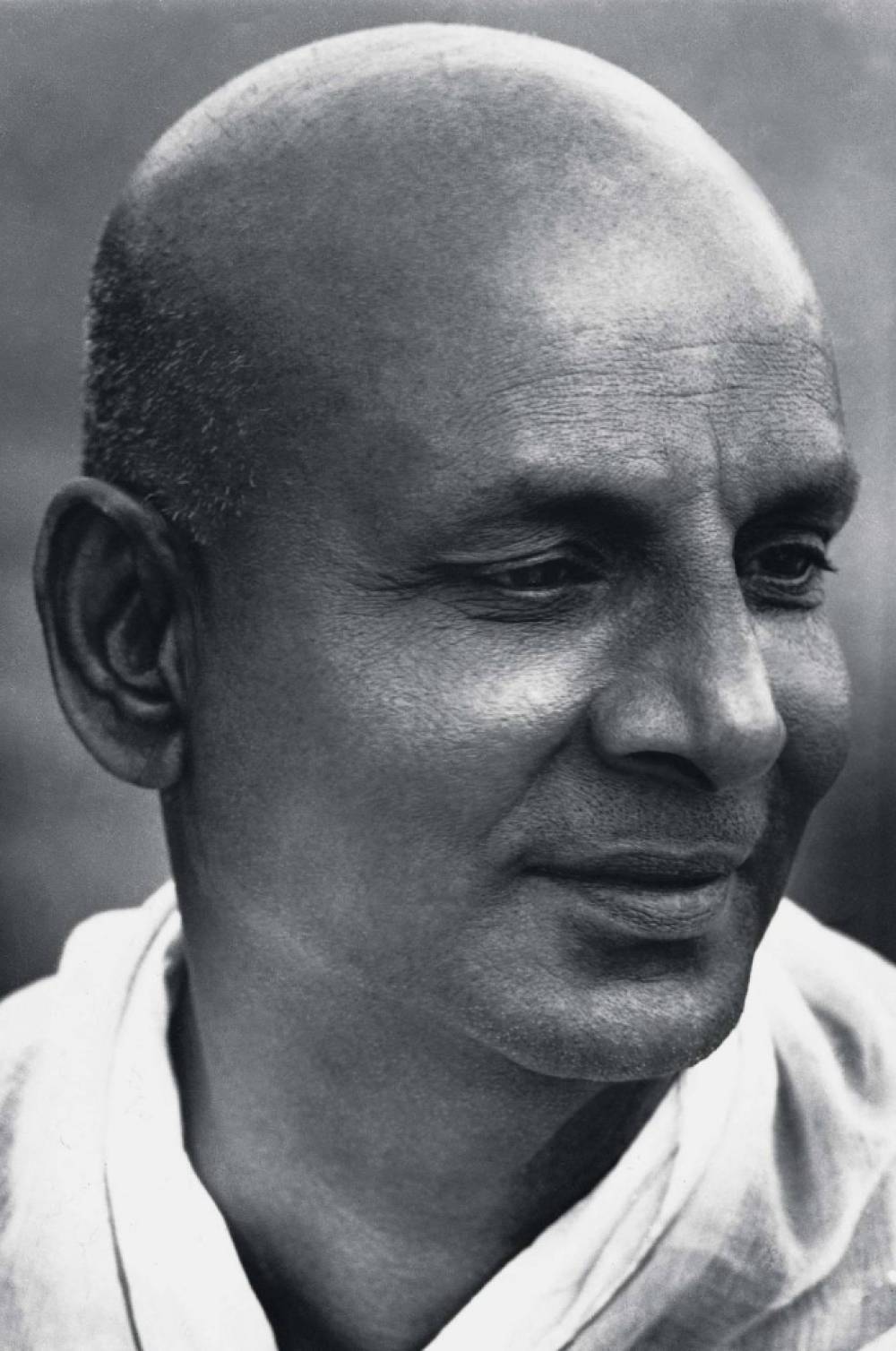
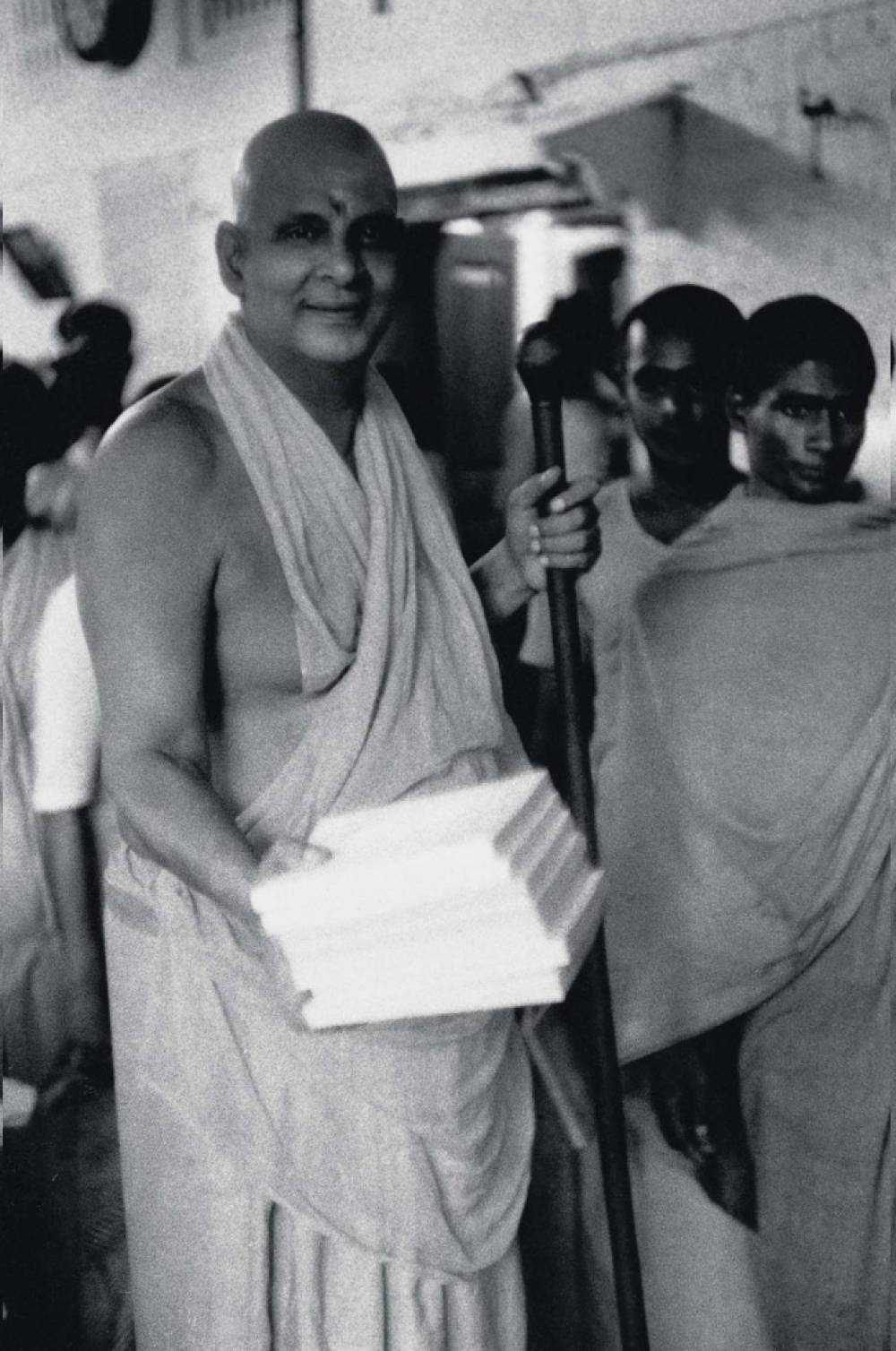
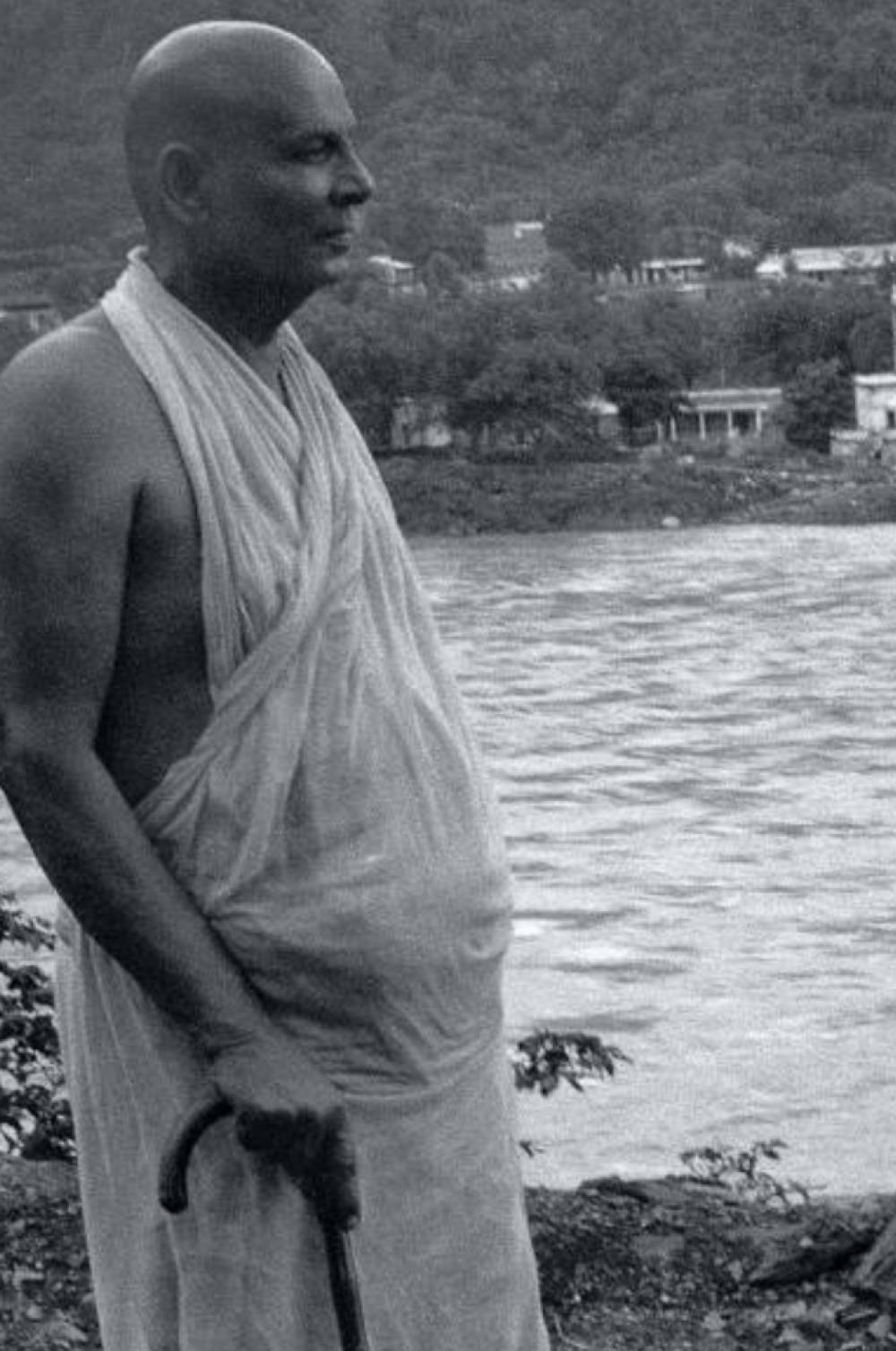
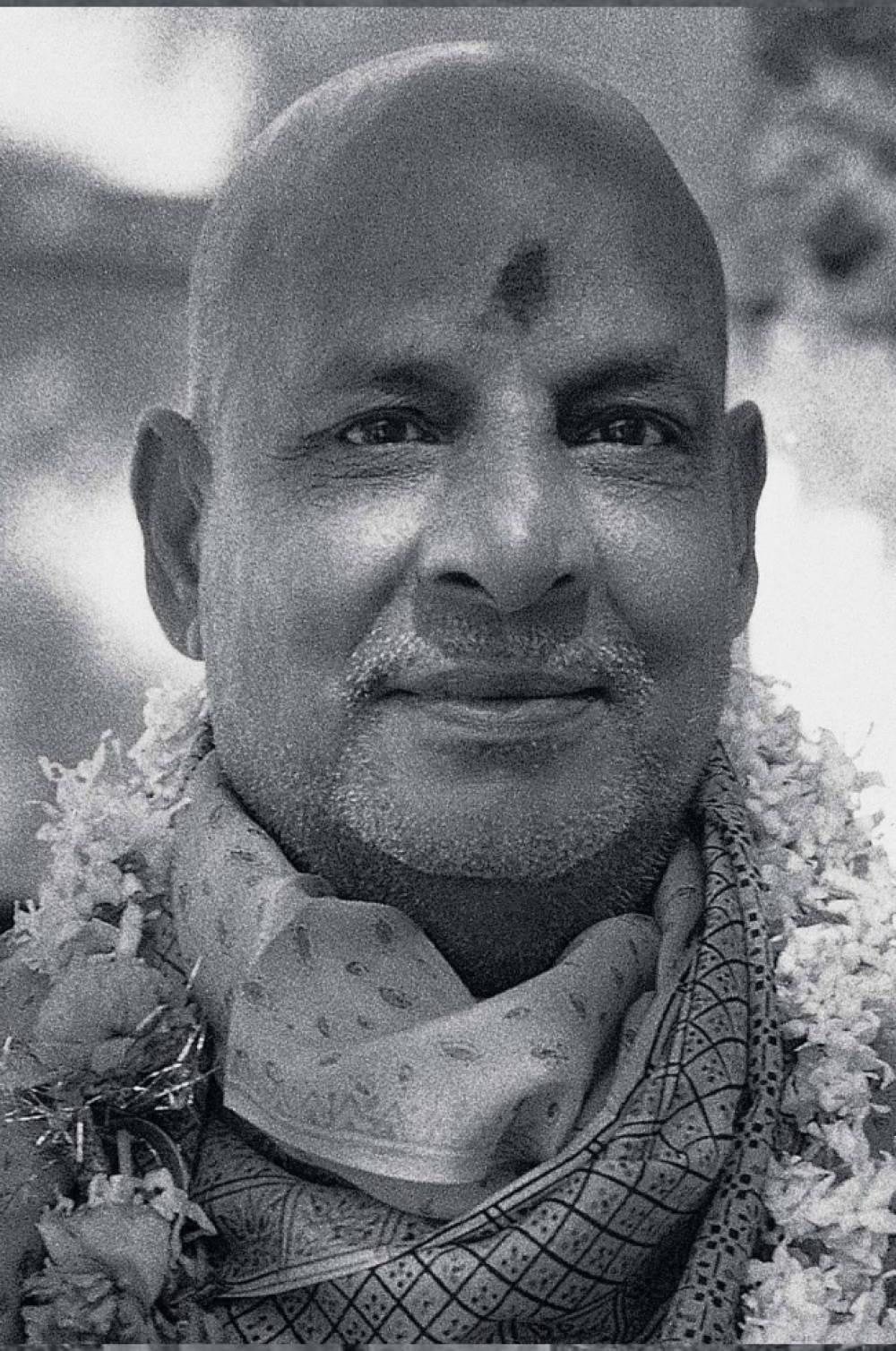

No Comments found. Be first to comment